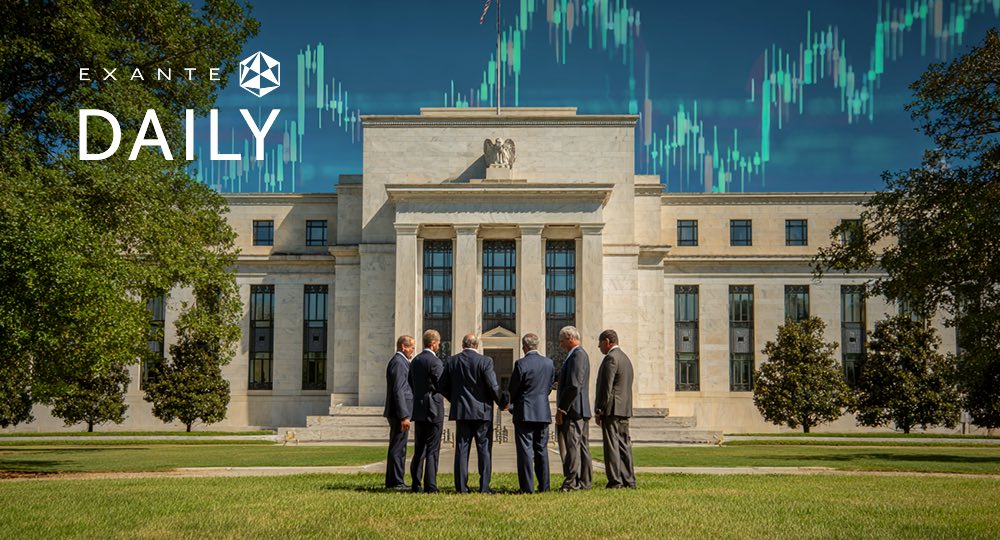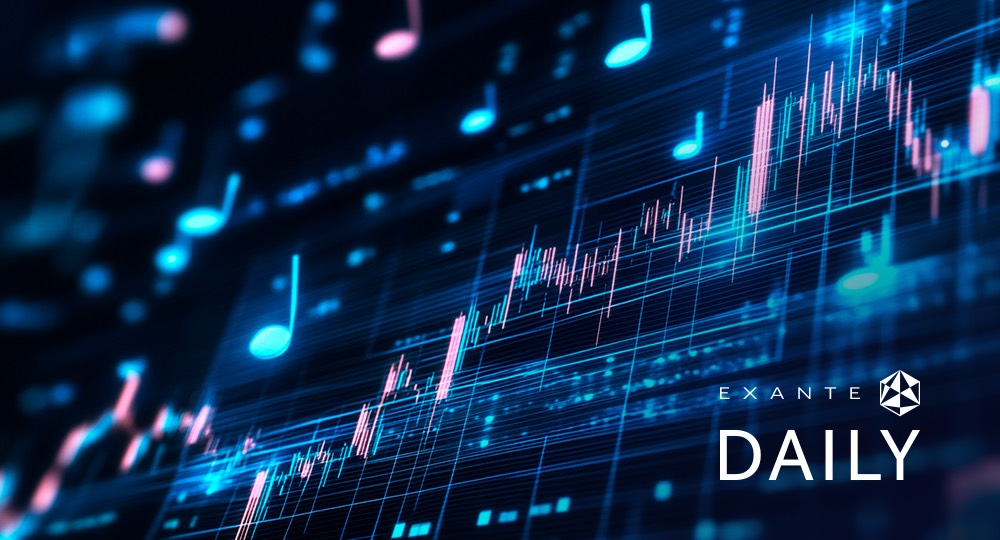An overview of Q2 2022
The second quarter of 2022 made the first half of 2022 the worst period for developed market equities since 1970. It saw global markets under pressure as investors reacted to both the growing likelihood of further and higher interest rate rises and an increased risk of global recession. Government bonds were hit as yields rose along with expectations of interest rate rises.
US indices:
The S&P 500 was down 16.1% in Q2 2022 and is down 20.5% YTD.
The Nasdaq 100 was down 30.3% in Q2 and is down 27.9% YTD
The Nasdaq was down 22.4% in Q2 and is down 28.1% YTD.
The Dow Jones Industrial Average fell 10.5 % in Q2 2022 and is down 15.3% YTD.
European indices:
The Stoxx600 was down 10.47% in Q2 and is down 16.7% YTD
The DAX fell 11.3% in Q2 and is down 21.2% YTD.
The CAC40 was down 11.1% in Q2 and is down 17.3% YTD
The IBEX35 lost 4.1% in Q2 and is down 10.4% YTD
The FTSE MIB lost 14.9% in Q2 and is down 24.8% YTD.
The FTSE 100 was down 4.6% in Q2 and is down 4.7% YTD.
Bitcoin was down 58.7% in Q2 and is now down 55.6 % YTD.
Note: As of 7:30pm EST 14 July 2022
US. Concerns emerged over the quarter that economic growth was headed for a slowdown as US composite PMI fell from 53.6 to 51.2 in June. The services component eased from 53.4 to 51.6, but the manufacturing output deteriorated from 55.2 to a two-year low of 49.6. Consumer confidence is falling with the Conference Board consumer confidence index dropping 4.5 points in June to 98.7. The Fed has made it very clear that it is determined to get inflation under control even though it may raise unemployment levels. The Fed had forecast that unemployment needed to rise to just above 4% to get inflation down. It is currently 3.6%. All market sectors were affected in Q2 with the most volatile sectors being growth and tech stocks like Amazon, Tesla, Twitter, and Apple.
EU. The Eurozone continued to be negatively affected by the crisis in Ukraine, potential gas shortages due to Russia threatening to cut off supplies, growing food inflation, and the risk of fragmentation in sovereign debt markets. Consumer confidence was falling in Q2, down to -23.6, from -21.2 in May, the lowest since April of 2020. Continuing rising inflation (at 8.1% in May and expected to be 8.6% in June), has led European Central Bank (ECB) President Christine Lagarde to declare that the the low inflation of the pre-pandemic era would not return and that the ECB had to act now because price growth was likely to remain above the 2% target for years to come.
Asia. In Asia ex-Japan, equity markets were down 8.9% over the second quarter. China was hit by the re-emergence of Covid and subsequent lockdowns but still managed to end the quarter in positive territory as Covid-19 lockdown measures started to be relaxed. In the rest of Asia ex-Japan, investor sentiment was focused on rising global inflation, soaring energy prices, and ongoing supply chain problems. South Korea was the worst-performing market with financials, technology and energy stocks particularly badly hit. Taiwan was also weaker due to concerns over the global trade outlook and the impact that would have on demand for its technology products. India, the Philippines, Singapore, Malaysia, Indonesia and Thailand all saw share prices fall in Q2.
Emerging markets (EMs). EM equities declined 11.3% in Q2 as the USD continued to strengthen, and rising food and energy prices weighed on sentiment. However they still outperformed developed markets (down over 16%).
Latin America. The Latin American markets of Colombia, Peru and Brazil were among the weakest markets in Q2 due to rising recession risks, domestic policy uncertainty, and weaker industrial metals prices leading currencies to depreciate.
USD rallies
Expectations of faster monetary tightening in the US has also contributed to a rally in the dollar. The EUR is barely holding on to parity on the back of slower ECB manoeuvres and is down 11.9% YTD. The GBP is down 12.6% YTD as inflation at 9.1% in June, is expected to reach over 11% by Q4 and the Bank of England may not be able to act without causing recession. Although GDP grew by 0.5% in May 2022, after a decline of 0.2% in April 2022 and by 3.5% in the 12 months to May 2022, the threat of rising energy and food prices along with falling levels of consumer confidence, falling to minus 41.0 in June from May's minus 40.0 and being the weakest on record, raises the recession risk for the UK. The YEN is down over 20% YTD and has continued to fall as the Bank of Japan (BoJ) continues its loose monetary policy, the budget deficit continues to grow, energy prices hit the economy harder than in the US, the trade surplus shrinks, and growth remains below US levels.
Global benchmark Brent oil, WTI, and natural gas prices were very volatile in Q2, as a result of a lessening of demand a due to China’s continuing Covid lockdowns, the threatened shut off of Russian energy supplies to Europe, worries about slowing global demand due to the increasing likelihood of worldwide recession, and supply constraints due to problems in the US as well as rising geopolitical tensions in the Middle East.
What to keep in mind for Q3 2022
For Q3 2022 expect fears to grow about central banks overshooting on tight monetary policy, as energy prices remain high due to supply constraints despite falls in demand in Asia, and as the spectre of lower growth and global recession haunts markets as rising food and other commodity prices hit consumers demand and cause political havoc. The focus for Q3 will be if, and when, recession in the US will hit and how quickly other parts of the world will be hit. Markets are increasingly sceptical that the Fed can normalise its balance sheet, control inflation, and avoid recession. The crisis in Ukraine, along with and the growing food crisis in the Sub-Asian continent, the Middle East, and Africa are creating increased geopolitical risks, especially in Europe. This has significant implications for national globalisation/de-globalisation policies, budgets (and fragmentation risks in the EU), and climate change policies. Investors may wish to review their portfolios for the rest of 2022 by focusing on the key issues of energy security, food security, and, in an age of growing cyber attacks on governments, cyber security.
The potential geopolitical risks for investors that could hit commodity prices, currencies, and stock performance as well as affecting bond markets and alternative asset classes like cryptocurrencies include:
20 July 2022 Bank of Japan meeting. Unlike virtually all other major central banks, the Bank of Japan has continued to maintain loose monetary policy and prioritise “yield curve control” by purchasing an unlimited number of government bonds. Even with the Yen hitting 24 year lows against the USD, wage growth remains subdued. It is more focused on the “extremely high” risks to economic growth it sees from the continuing uncertainty regarding the Covid-19 pandemic and the impact on global demand, the geopolitical chaos caused by the events in Ukraine, and the associated impact on commodity prices.
21 July 2022 ECB meeting and monetary policy decision. The ECB made clear in June that it will begin its first rate rise since 2011 in July with a very likely 25 bps move next week and a 25 bps rise in September. However, given that inflation is expected to continue to rise even further on rising energy, food, and other input prices and there is also the weakening of the euro exchange rate which adds to inflationary pressures, it is quite possible that the ECB may wish to be more aggressive in its first rise by going to 50 bps. The drop in EU unemployment to 6.6% in May (from 6.8% in April), gives the ECB some leeway to act as that may stave recession off a bit, but there are also political pressures; the collapse of the Italian government has put even more pressure on the ECB’s new anti-fragmentation tool or, as it is now being called, its transmission protection mechanism. Markets will be very doubtful about the ability to define a neutral spread while it continues to raise rates.
26 July 2022 US Federal Reserve Monetary Policy meeting. A 75 basis point rate rise was on the cards before the June inflation reading of 9.1%. Despite rising initial claims for state unemployment benefits (up 9,000 to a seasonally adjusted 244,000 for the week ended July 9, the highest since mid-November 2021), the labour market remains tight with nearly two job openings for every unemployed person. Markets are now considering a 45% chance of a 100 bps rise. However, Fed Governor Christopher Waller and St. Louis Fed President James Bullard publicly supported a 75 bps rise in July.
4 August 2022 Bank of England Monetary Policy meeting. At its meeting in June 2022, the MPC voted by a majority of 6-3 to increase Bank Rate by 25 bps, to 1.25% while the minority wanted a 50 bps rise to 1.5T. Those members in the minority preferred to increase the Bank Rate by 0.5 percentage points, to 1.5%. BoE governor Andrew Bailey has said policymakers “have the option” of acting more forcefully to rein in inflation if needed and he did not rule out raising rates by 50 basis point at the next meeting, something markets agree with. However, with the OECD forecasting that the UK economy will not grow at all in 2023, and the BoE itself believing that the UK will fall into recession this year, the risk of stagflation has not disappeared despite May’s GDP rise.
8 September 2022 ECB meeting and monetary policy decision. The ECB will continue to be data led although if the Euro falls below parity with the USD which is highly likely given the faster rate of Fed increases, the USD safe haven asset position, and growing geopolitical risks both within the Eurozone and alongside it, it may be forced to move faster to contain inflation.
11 September 2022 Sweden General Election. General elections will be held to elect the 349 members of the Riksdag, who, in turn will elect the Prime Minister of Sweden. Under the constitution, regional and municipal elections will also be held on the same day. Foreign policy will play a bigger part in this election campaign than it normally does, after Sweden struck a deal with Turkey so that Sweden could join Nato. Support for Sweden's ruling Social Democrats, inpower since 2014, has risen on joining NATO, but it is still a minority government and a fragmented parliament may make it hard to form a government after a national election in September.
15 September 2022 Bank of England Monetary Policy meeting. Much will depend on how consumer demand and business investment are reacting to inflation, if the GBP continues to fall against the USD and the EUR as disagreements over the Northern Ireland Protocol Bill continue, and if growth begins to slow down.
20 September 2022 US Federal Reserve Monetary Policy meeting. Debate will continue over August to see if core inflation has fallen sufficiently for the Fed to slow down its rate rise agenda. Markets will remain wary of an overshoot and will be watching labour numbers as well as consumer confidence, capital investment, and housing stats, including mortgage rates, closely.
DISCLAIMER: While every effort has been made to verify the accuracy of this information, EXT Ltd. (hereafter known as “EXANTE”) cannot accept any responsibility or liability for reliance by any person on this publication or any of the information, opinions, or conclusions contained in this publication. The findings and views expressed in this publication do not necessarily reflect the views of EXANTE. Any action taken upon the information contained in this publication is strictly at your own risk. EXANTE will not be liable for any loss or damage in connection with this publication.
Dit artikel wordt u alleen ter informatie verstrekt en mag niet worden beschouwd als een aanbod of uitnodiging tot het kopen of verkopen van beleggingen of gerelateerde diensten waarnaar hier mogelijk wordt verwezen. Handelen in financiële instrumenten omvat een aanzienlijk verliesrisico en is mogelijk niet geschikt voor alle beleggers. In het verleden behaalde resultaten bieden geen betrouwbare indicatie voor toekomstige resultaten.






